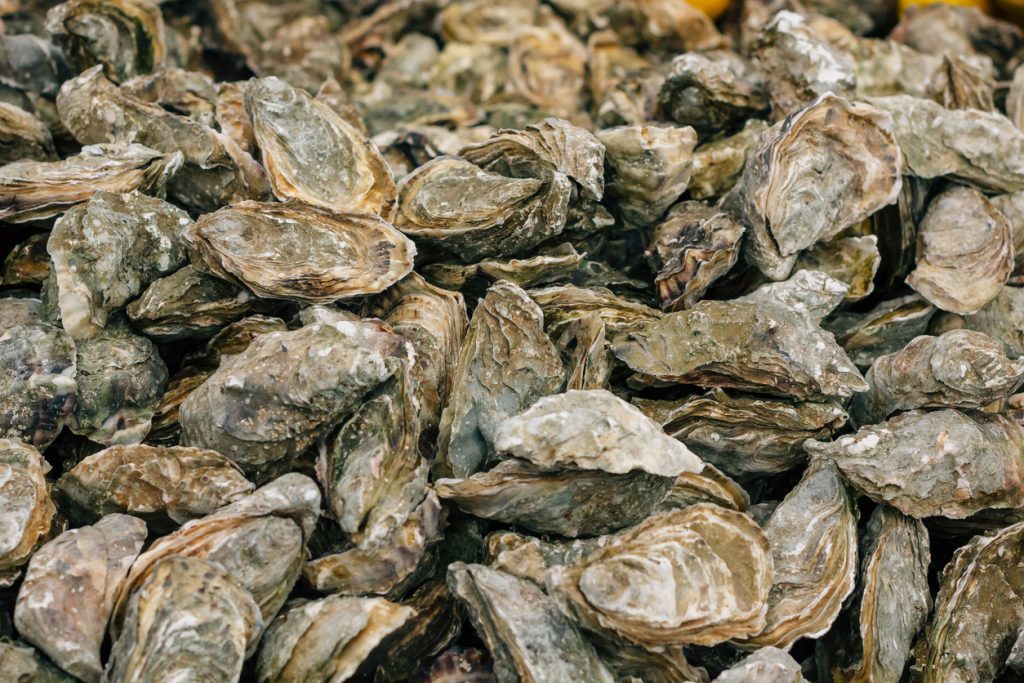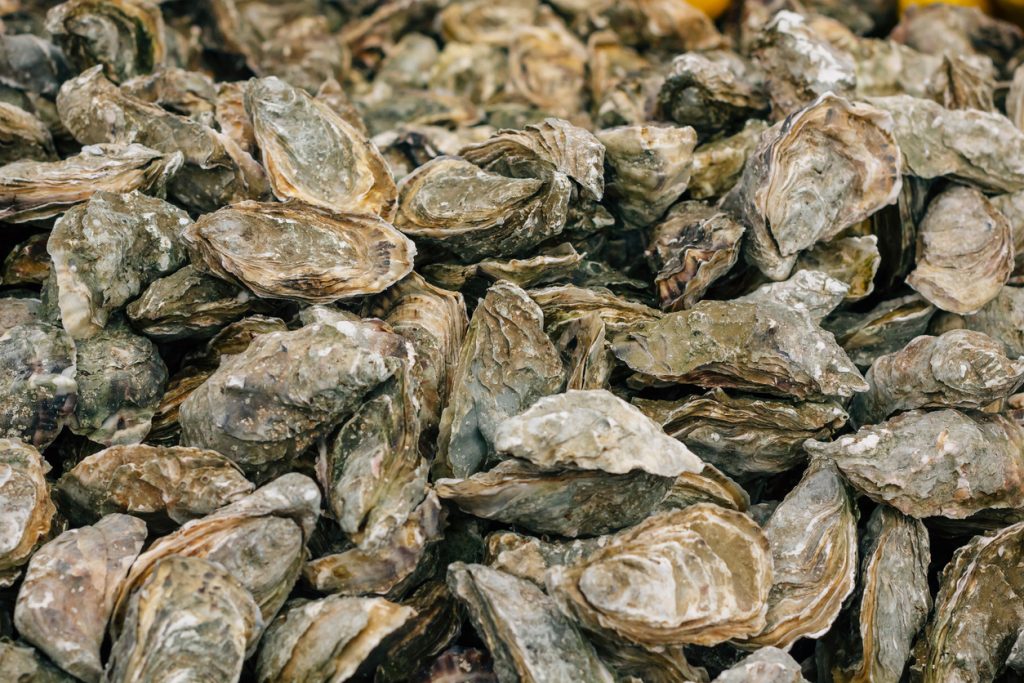Toilets: Is there anything they can’t do?
New York Harbor doesn’t exactly have the reputation of being the cleanest body of water in the world. It borders the overpopulated, smoggy, Big Apple, and for decades has been besieged by pollutants and poor sewage management. You wouldn’t find much fish in there today, but even if you did…you definitely wouldn’t want to eat it.
But that’s only a relatively recent development. Decades ago, New York Harbor was once the origin point of what were considered the best oysters in the world—and there were a lot of them, too. In the early 20th century, half of the world’s oysters were caught in the waters of New York Harbor and served in fine restaurants and oyster houses in the U.S. and in Europe. All the pollution, both from the city and ship traffic, not to mention over-harvesting, ultimately made New York Harbor a lost cause when it came to oysters.
And yet, life can find a way—it just needs some help once in a while. Billion Oyster Project aims to be that source of assistance. They’re working to return oysters to New York Harbor by dumping more stuff into the water—specifically, shards of broken toilets. In the last few years, Billion Oyster Project has been working on small projects in waters around Manhattan to see if oysters could feasibly survive in today’s waters, with the right tools. As it turns out, they can, so B.O.P. is moving on to the Harbor. Along with the New York state Department of Environmental Protection, they’re creating some of the largest artificial oyster breeding grounds ever created. Yes, with toilets. (That’s why we’re writing about!)
Young oysters, called spats, are choosy about where they settle and grow, usually choosing to just cling on to stationary oyster shells that have already developed. But where do those spats start if there aren’t any oyster shells around? With something that mimics the shape and hardness of an oyster shell. More than 5,000 old toilets have been removed from New York City public schools. Rather than throw them in a landfill to rot, the Billion Oyster Project smashes them into chunks, dumps them in the water, and there they become faux oyster spat host shells. So far, B.O.P. has deposited 36,000 young oysters into 85 cages above the “reef” made of toilet pieces. Not only do these toilets help oysters develop, but they de-pollute the harbor. The oyster beds act as natural water filters and also protect from erosion.

Save the Oyster, Drop a Toilet








